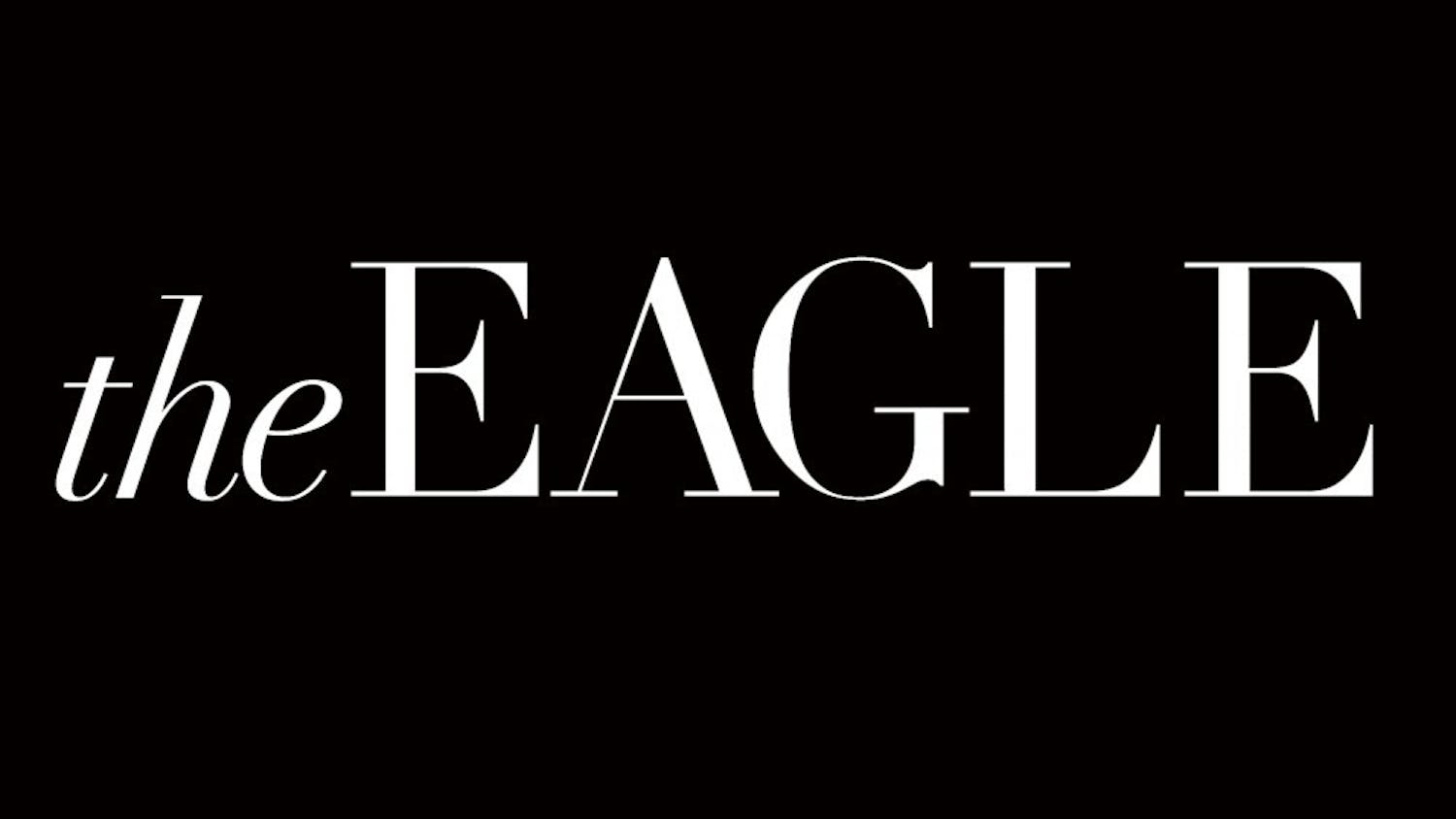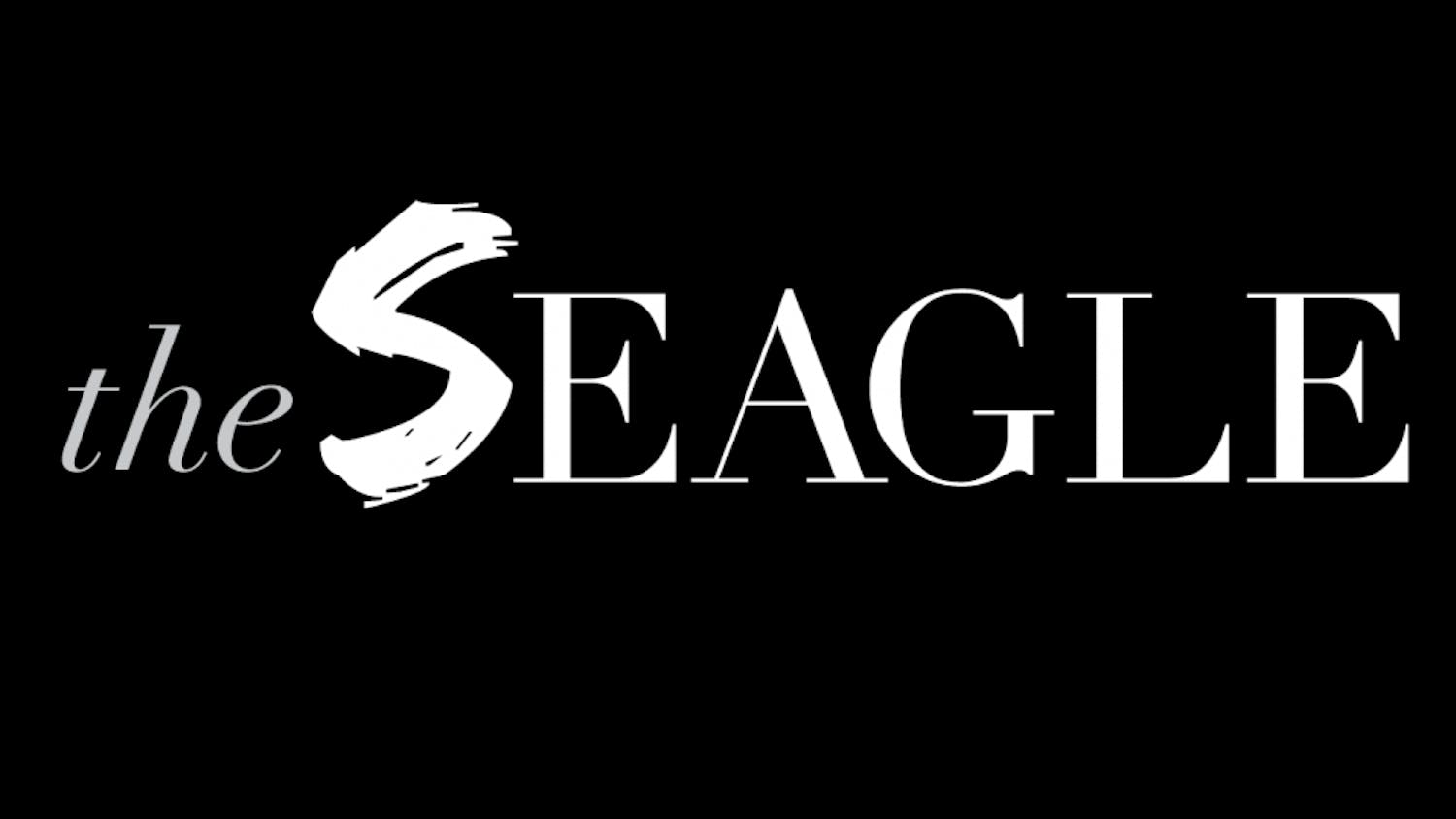The recent fight over the display of the Enola Gay exhibit at the National Air and Space Museum's new Dulles wing has brought the Smithsonian's objectivity into question. This objectivity shown in exhibit labels is the cornerstone of the institution, and changing the display as suggested, would provide an unwelcome bias.
Part of the text label that accompanies the Enola Gay exhibit at the Air and Space Museum's Udvar-Hazy Center, located near Dulles International Airport in Virginia, reads: "On August 6, 1945, this Martin-built B-29-45-MO dropped the first atomic weapon used in combat on Hiroshima, Japan. Three days later, Bockscar (on display at the U.S. Air Force Museum near Dayton, Ohio) dropped a second atomic bomb on Nagasaki, Japan. Enola Gay flew as the advance weather reconnaissance aircraft that day. A third B-29, The Great Artiste, flew as an observation aircraft on both missions."
The rest of the exhibit label covers the type of airplane, discussing its use in both the European and Pacific theaters during World War II and the technical specifics of the plane.
As a visitor to the exhibit, this is what I expect to find in a center that showcases many different aircraft and their roles in our history. As an intern at the Smithsonian Institution, I know that this is what is to be shown. The Smithsonian has a duty to remain objective in its presentation of history. Anything that shows a bias, regardless of how many people agree with that bias, is not allowed. This is true across the institution, whether it be an airplane in the Air and Space Museum or a portrait in the American History Museum where I worked.
The idea of the label is to present the item in detail. To present the number of casualties from the dropping of the atomic bomb would bias the label and present a different exhibit than the museum is hoping to create. In a hall of aircraft, the goal is to show the aircraft, not foster a discussion on the use of atomic weapons. If the institution were to create that discussion, it would no longer be objective, because the Smithsonian would have to show a bias toward either side of the argument.
Instead of showing bias, the label is very plain. The facts it presents are indisputable. Just as the label removes all references to the casualties of the atomic bombing, it keeps out information on the other effects of the bombing. The label makes no mention of bringing an end to World War II, nor the Japanese surrender.
The plane is not presented as this great aircraft that brought peace to a section of the world but as the plane that dropped the atomic bomb. If the Smithsonian is unwilling to take that stance, the heroic stance, it is unlikely that the institution would present the image of destruction and doom the bomb brought to the Japanese people.
The idea of presenting those effects would also provide a dilemma for the museum in that, if it presents that view for the Enola Gay, it must do so for every other airplane in the museum. Then the museum would have a large exhibit on the cost of war and casualties afflicted by all the planes rather than the technological wonder of the planes.
Congress approved the National Air and Space Museum in 1976 with the mission to "memorialize the national development of aviation and space flight," and to that end, the museum must "provide educational material for the historical study of aviation and space flight."
That is exactly what this exhibit does. To argue that the museum is not fulfilling its mission with this exhibit is incorrect. With the B-29 Superfortress being described as "the most sophisticated propeller-driven bomber of World War II" in the first sentence of its label, the Enola Gay may have its place in history alone, but in the exhibit, it is representing all B-29's.
The Smithsonian Institution has and will continue to provide a great service to the American public as well as international visitors. A visitor can see Dorothy's Ruby Slippers, the Spirit of St. Louis, the Hope Diamond and African art dating back many centuries, in a single day's walk through the Smithsonian buildings along the National Mall.
Even though the federal government runs the institution, it is not ruled by the political leanings of either side, and this has attributed to its success. To argue for bias, no matter the amount of support for it, is against the principals of the institution and will offer an unfair presentation of America's past.




